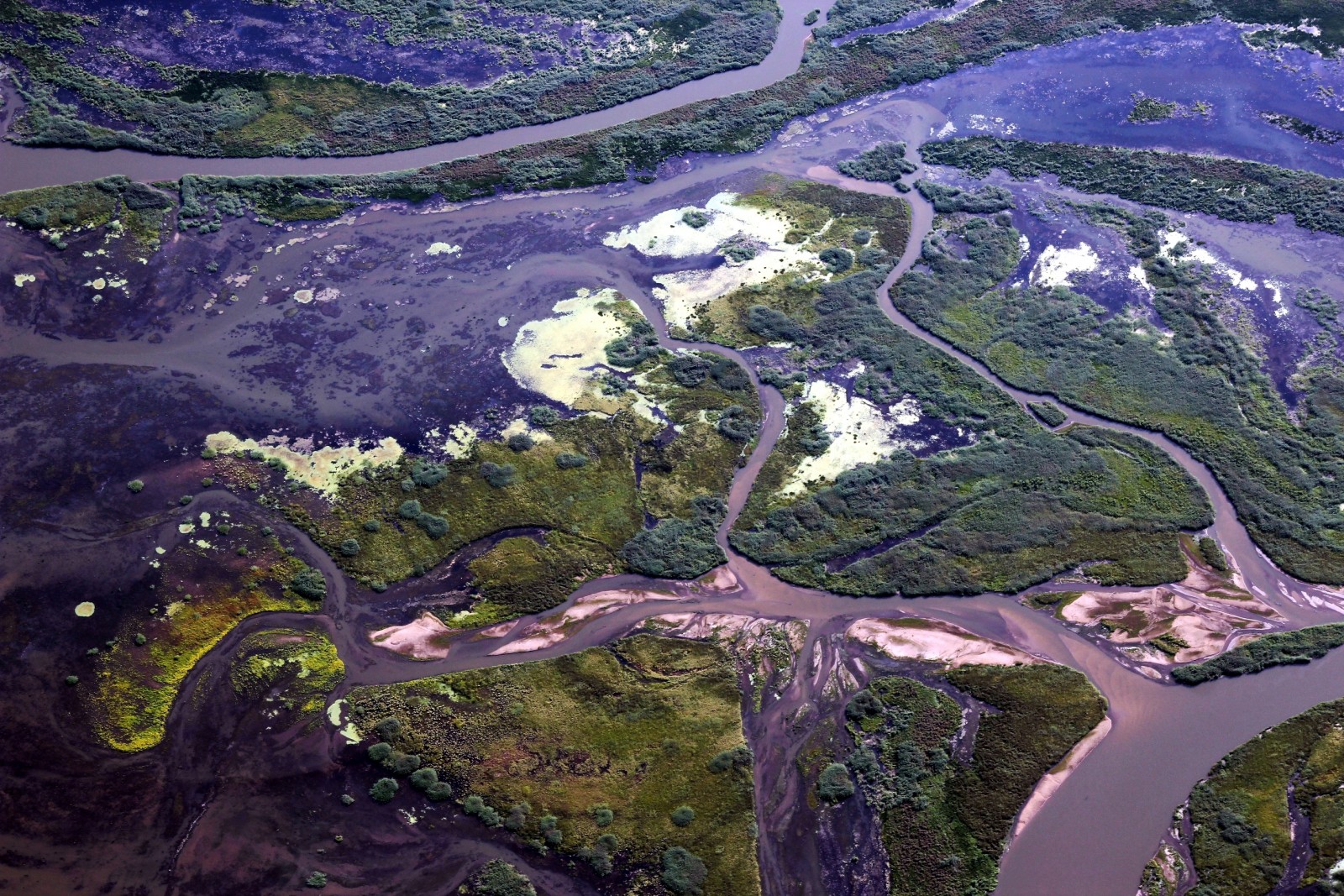
Where the Selenga River meets the Lake Baikal. Credit: Galina Shinkareva (distributed via imaggeo.egu.eu)
Costal deltas often host large cities due to their prime location of where rivers meet the sea. In many cases these areas have been protected from rising sea levels and flooding rivers by engineered ‘gray’ infrastructure. However, this infrastructure appears to only protect these cities on short timescales. Engineered deltas contribute to relative sea level rise, caused by shrinking land masses in these areas due to sediment loss. Thus, this gray infrastructure appears to cause long term sustainability problems for some of the largest cities in the world. In the August 7th edition of Science Temmerman and Kirwan explore green alternatives to traditional gray infrastructure that have the potential to restore natural wetlands to delta areas, increasing land area and provide flood protection. In the same issue, Tessler et al. explore the economic costs of conventional delta engineering along with the long term environmental and sustainability impacts of gray infrastructure.
 Dr. Kristen Mitchell is an experienced geoscientist and marine chemist with specific experience promoting educational outreach and fundraising initiatives in support of science-specific policy and research. She works with policy makers, commercials entities, and universities to educate and inform their communities of the importance of crafting sustainable solutions. She has worked with key players across the world to execute plans and deliver results related to my scientific studies and projects. For more information, you can contact her at drkristenmitchell@gmail.com, or follow her Tweets @dr_kmitchell.
Dr. Kristen Mitchell is an experienced geoscientist and marine chemist with specific experience promoting educational outreach and fundraising initiatives in support of science-specific policy and research. She works with policy makers, commercials entities, and universities to educate and inform their communities of the importance of crafting sustainable solutions. She has worked with key players across the world to execute plans and deliver results related to my scientific studies and projects. For more information, you can contact her at drkristenmitchell@gmail.com, or follow her Tweets @dr_kmitchell.
